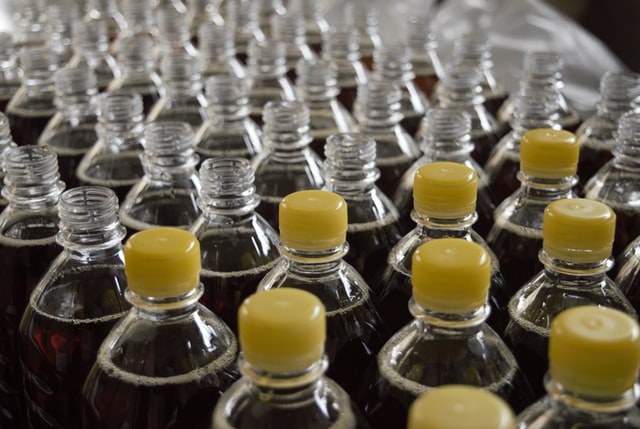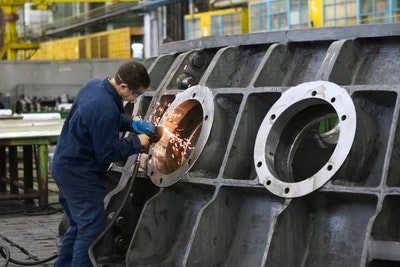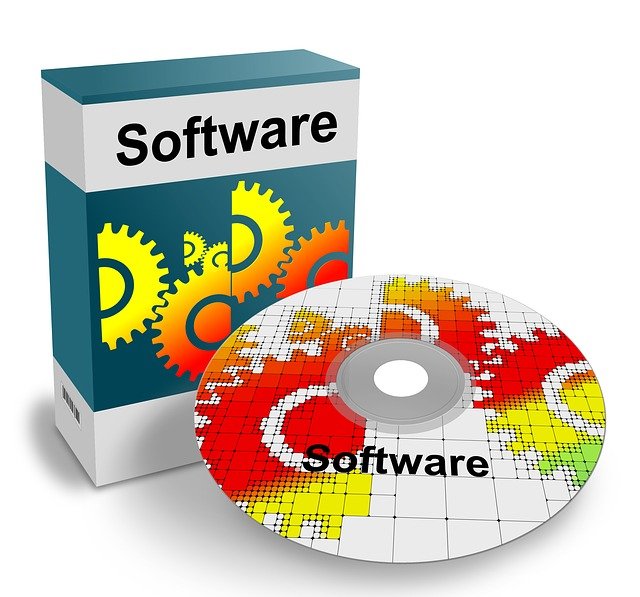3 Quality Risks In The Food Industry Solved by Tech

Food manufacturers have a tough challenge: Manufacturing the best quality products at the best price. For small businesses, there is no room for mistakes.
From local small-scale breweries to artisan confectioners, sourcing the best local ingredients is the number one priority. Indeed, local supplies are likely to be more affordable.
They can also anchor the small food manufactory venture into the local community, creating a profitable niche market.
However, sourcing trustworthy and reputable ingredients is no guarantee of long-term success. For small brands competing against established organizations, high-quality processes are indispensable.
That’s why it’s essential for small businesses to invest in advanced technology, such as Food Processing Solutions, to optimize their operations, boost efficiency, and ensure consistent product quality. The right tools enable small companies to stay competitive and avoid the risks of outdated or inefficient systems, which could lead to costly disruptions and hinder growth.
1. Improper ventilation management
The Drain, Waste, and Vent piping system is a plumbing feature that plays a crucial role in the food processing industry. Within the food processing site, these pipes tend to be out of sight, hiding behind walls, floors, and ceilings, yet, they need to capture and transport components safely away from the main building.
Unfortunately, in the food sector, the DWV piping systems need to be maintained thoroughly. Explosions from combustible materials, for instance, can lead to dust and contamination of the food chain.
Adequate ventilation systems, combined with professional handling, can reduce risks. In the long term, ineffective ventilation can interfere with the food quality if particles find their way into the end product. Therefore, food manufacturers need to make system maintenance a priority.
2. Plant-based beverage filtering
Filtering solutions are part of food processes that require liquid extraction, such as plant-based beverage production. A company specializing in processing cereals into milk substitutes will need to install an effective filtering system to separate the “milk” from the used crops.
Unfortunately, the majority of filter-based approaches tend to let small particles through, creating an end product that contains solids. Additionally, the filtered liquid can lead to buildups inside the pipe as tiny particles accumulate.
That’s where decanter centrifuge technology can ensure optimum purity and taste through effective liquid and solids separation. Using centrifugal force, decanters can reduce buildups and enhance product quality.
3. Conveyor belts for ingredient transport
It’s hard to imagine the food processing industry without considering conveyor belts that transport ingredients throughout the process. However, not all conveyor belts are made equal.
They need to be fitted to the unique challenges of the environment and the ingredients. For instance, sweet confections need belts that can sustain temperature transition, cuts, chemicals, and oils.
Conveyor belts used for enrobing, splicing, cutting, and cooling sweet treats are an essential component of the product quality. Corrosion, damages, and failed waste evacuation can burden the conveyor belt, potentially contaminating sweets throughout the production process.
It is important to always source conveyor belts from the right companies depending on what food you process. Equipment such as wire conveyor belts are used in baking, seafood, meat processing, snack food, and frozen food production, so it is essential to look into the various belts available for safety.
In conclusion, high-quality ingredients could become contaminated or exposed to risks as part of the production process.
Indeed, ineffective tech solutions can lead to harmful buildups in piping systems, pipe corrosion, or even stagnant waste and condensation that can’t reach the pipes.
As a result, food manufacturers of all sizes need to commit to maintenance and auditing appointments annually.






